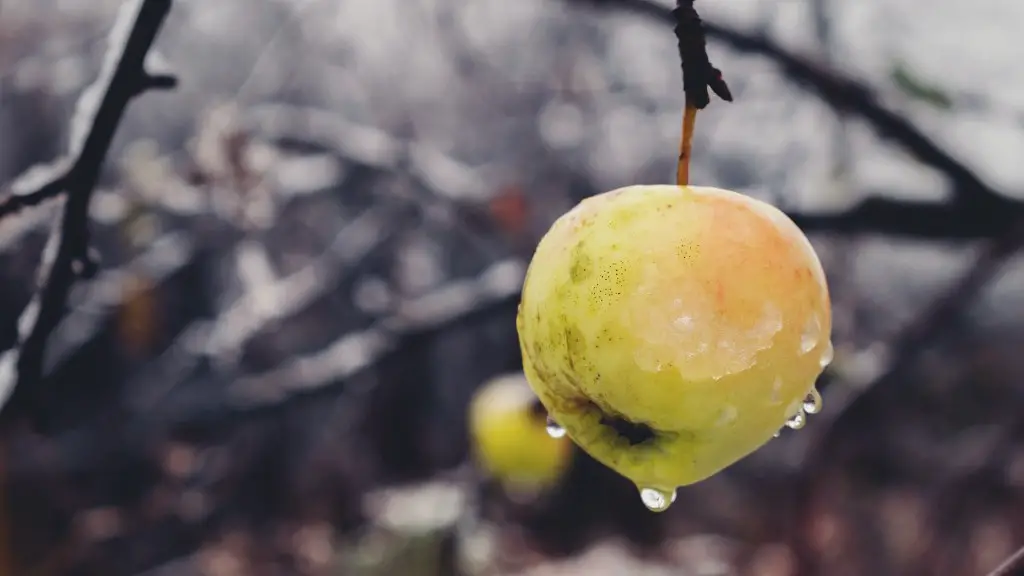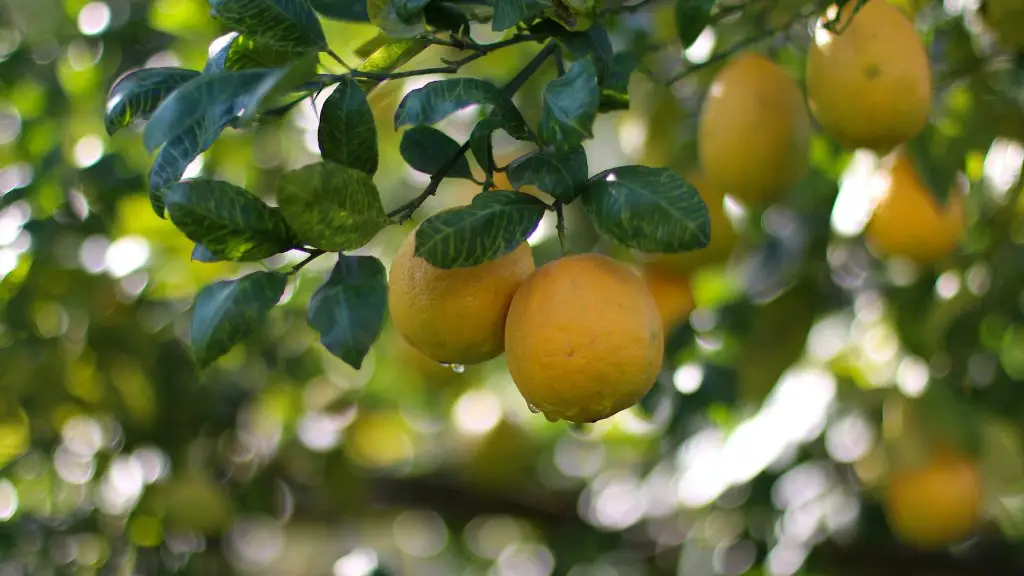Taking the necessary steps to rejuvenate an old apple tree may seem intimidating and even intimidating to many, but with a few key steps and the right resources, it can quickly become a rewarding project. By understanding how to properly prune, fertilize, and water your old apple tree, you can keep it healthy and producing delicious apples for many more years to come. Let’s take a look at how you can appropriately rejuvenate an old apple tree.
First and foremost, pruning your old apple tree is essential to its rejuvenation. Pruning allows you to remove diseased, dead, or weak branches, allowing the tree to focus its energy and resources on healthy, productive branches. The best time of year to prune your tree is late winter or early spring, just before new growth begins. A pair of clean, sharp pruning shears is all that you need for the job.
Secondly, it is important to provide your apple tree with the necessary nutrients and minerals it needs to thrive. Fertilizing your tree should be done in early spring and late summer. Choose a fertilizer specifically designed for apple trees, such as an 8-8-8 or 10-10-10 blend. Apply the fertilizer following instructions on the packaging, and be sure to water it in thoroughly.
Thirdly, your apple tree needs to be watered deeply and regularly in order to stay healthy. Aim to give your tree one to two inches of water every week during the summer months, either through manual application or automatic irrigation. This is especially important if your soil has poor drainage, as the tree will require more water in order to survive.
Fourthly, mulching can help prevent weeds and conserve moisture around the tree. Apply two to four inches of organic material, such as grass clippings, leaves, or wood chips, around the base of your tree, ensuring it is not up against the trunk. Additionally, it is beneficial to check for pests, diseases, or other issues that may be affecting the tree’s health.
When to Prune an Old Apple Tree
Pruning an old apple tree is necessary for its rejuvenation, as it allows the tree to focus its energy and resources on healthy, productive branches. The best time of year to prune your tree is late winter or early spring, just before new growth begins. This timing allows you to identify dead or diseased branches which may be hindering the tree’s growth. Taking appropriate steps to prune your tree, such as using sharp and clean pruning shears and removing any diseased, dead, or weak branches, can keep your apple tree producing delicious apples for many years to come.
Fertilizing an Old Apple Tree
Fertilization is critical for keeping an old apple tree healthy and producing delicious apples. The best time for fertilizing an apple tree is in early spring and late summer. An 8-8-8 or 10-10-10 blend of fertilizer is recommended for apple trees, and application instructions can be found on the packaging. Be sure to water it in thoroughly afterwards, as this will help the fertilizer to actively reach the roots. A well-fertilized old apple tree can provide a lasting reward of sweet, succulent apples for many more years to come.
Watering an Old Apple Tree
Old apple trees require deep and regular watering in order to remain healthy and produce delicious apples. During the summer months, aim to give your tree one to two inches of water each week. This can be done either manually, with a hose and sprinkler, or with an automatic irrigation system. If the soil does not have proper drainage, ensure that your tree receives more water in order for it to survive. With a consistent watering schedule, your old apple tree will thrive and bear delicious and nutritious fruit for many years to come.
Mulching an Old Apple Tree
Mulching is a great way to conserve moisture around your tree and keep weeds from growing. Two to four inches of natural material, such as grass clippings, leaves, or wood chips, should be spread around the base of your tree, not up against the trunk. Additionally, it is important to check for any pests, diseases, or other issues that may be affecting the health of your tree. Consistent mulching and pest management can help keep your old apple tree producing apples for many years.


